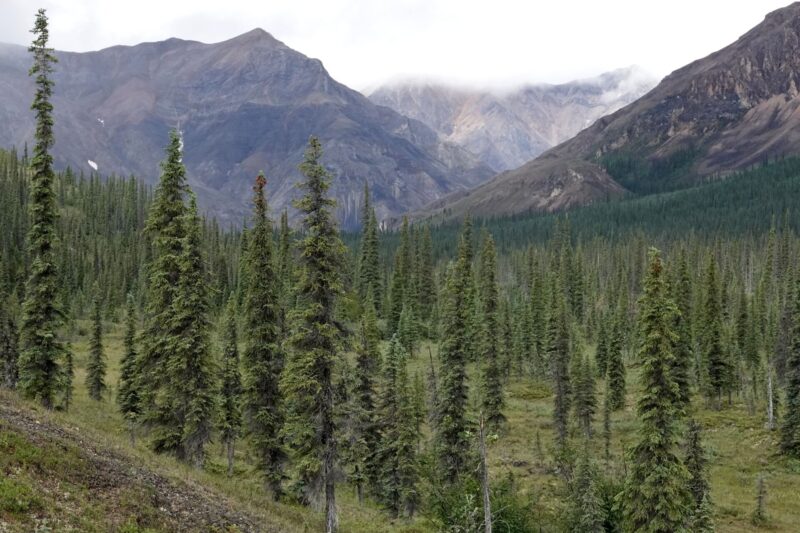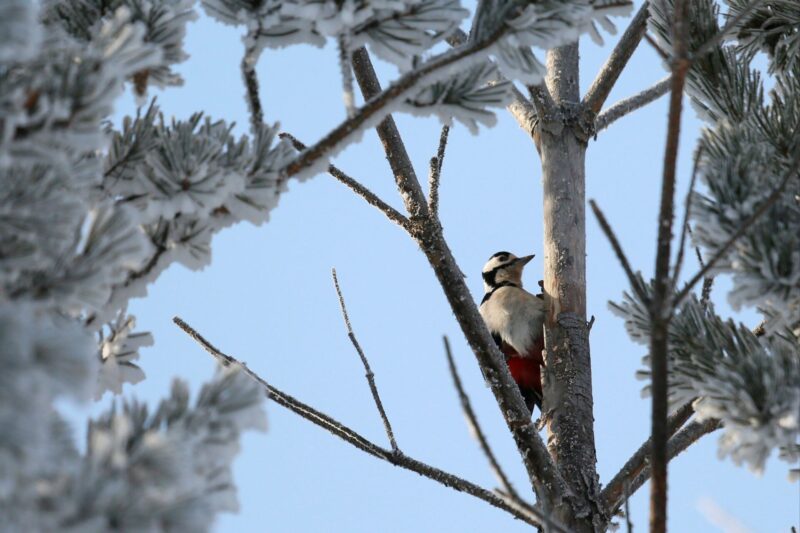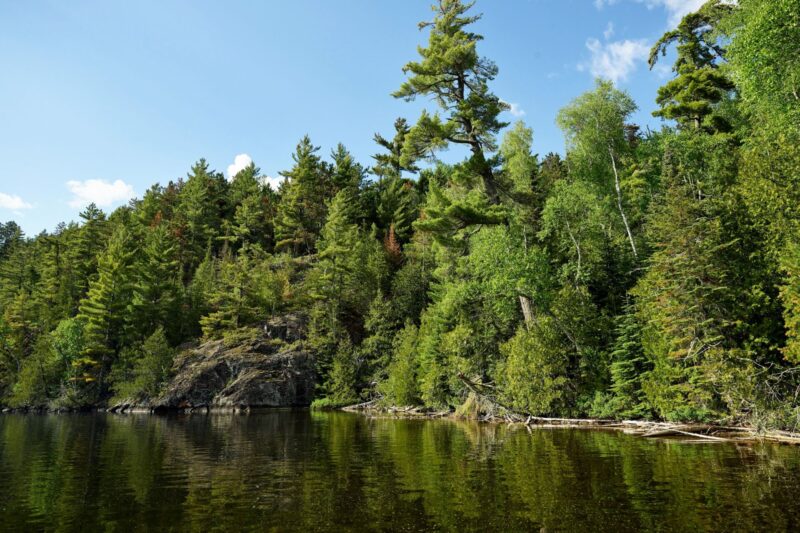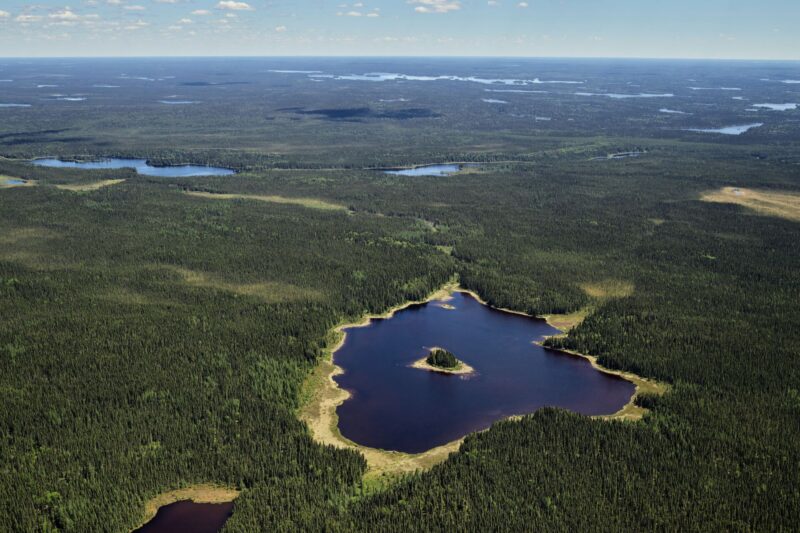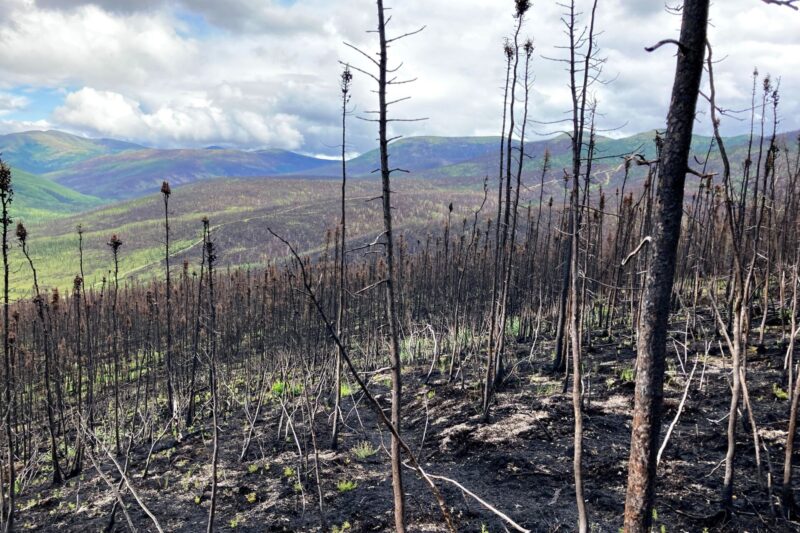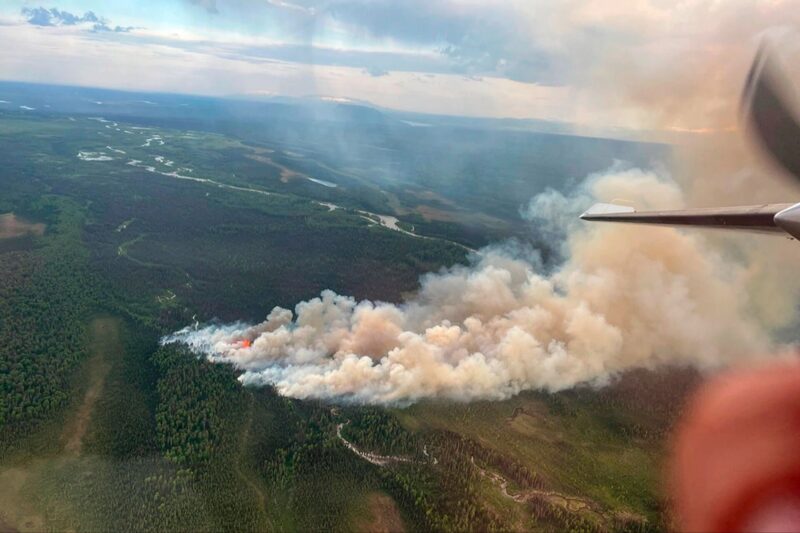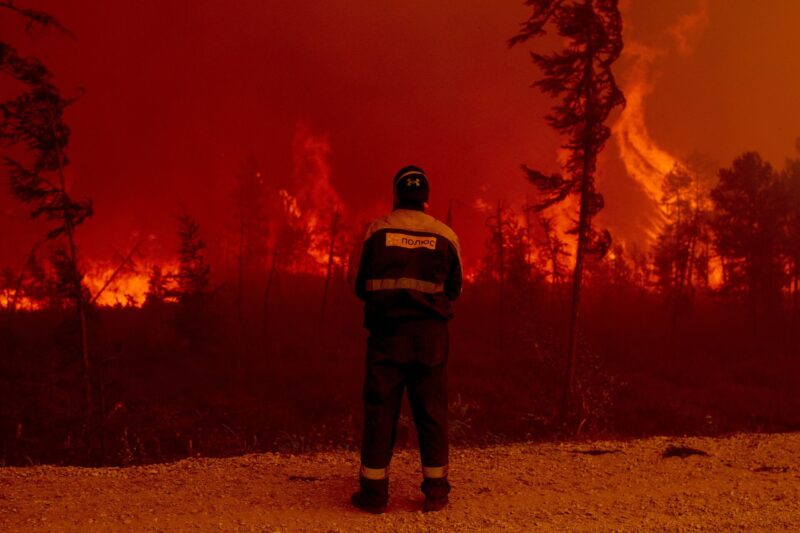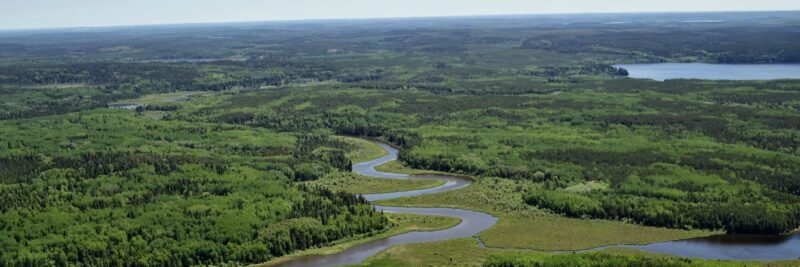
In summer 2019, the Cambridge physicist Gareth Rees flew into Yakutsk to meet a team of Russian scientists. The far eastern Siberian port is known as the coldest city on Earth, but that year it was simmering under a heatwave. Together the researchers drove deep into the region’s sprawling forests on a road paved by gulag prisoners.
The British and Russian scientists were on a mission to study how the boreal forests of the subarctic region are transforming with climate change. Together they measured 2,000 trees, sweating under the heavy clothes protecting them from crowds of insects.
Rees had worked with Moscow State University on the issue since the fall of the iron curtain. A specialist in remote sensing, or detecting ecological changes by measuring radiation, he was involved in science diplomacy and was in Moscow with the UK Foreign Office as recently as January to support joint research.
But he has not returned since. Collaboration between western and Russian climate scientists almost entirely stopped in its tracks after President Vladimir Putin sent troops into Ukraine. As a result, Russia’s half of the global boreal forests — a jade halo of conifers that spans 15mn square kilometres across northern latitudes of Eurasia and North America — is quickly turning into a “black box” that international researchers cannot access.
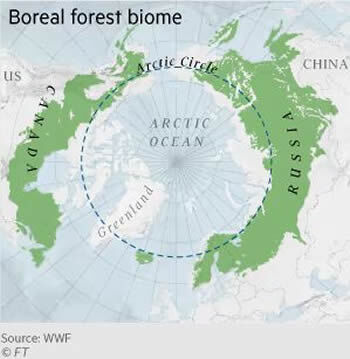 Concerns are rising about how this breakdown in communication will affect our understanding of global warming’s effects on an ecosystem that plays a little-discussed but significant role in regulating the planetary climate.
Concerns are rising about how this breakdown in communication will affect our understanding of global warming’s effects on an ecosystem that plays a little-discussed but significant role in regulating the planetary climate.
The boreal ecosystem has historically sucked up more carbon than it releases, because of the massive amount of carbon dioxide it uses when photosynthesising during long hours of summer sunlight.
The resulting vegetation does not have time to fully decompose before the freezing winter sets in and this mossy “duff” builds up on top of frozen soil, or permafrost. Both are often stuffed with carbon, making the boreal forests the biggest land-based carbon store on Earth. They currently store more carbon than is currently found in the atmosphere — and twice as much as all human-caused emissions since 1870.
But as subarctic temperatures rise, this vital ecosystem is losing stability with swelling fire activity, thawing permafrost and insect infestations. More tree cover has been lost to fire in the boreal region over the past decade than anywhere else on Earth.
The transformations in these northern forests could trigger the ecosystem to reach a tipping point where it starts releasing more carbon than it absorbs, potentially for centuries to come. This could be catastrophic for humanity’s efforts to keep the global temperature rise below 1.5C.
“People often talk about how to get carbon out of the atmosphere, but there has been far less focus on how to keep massive carbon stores in the ground”, says Anthony Swift, Canada director of the Natural Resources Defense Council.
“The boreal is an under-reported story but one that absolutely has to increase in prominence. There has been a great deal of focus on tropical forests for good reasons . . . but what’s been happening in our global northern forests has been off the radar”.
Yet vast expanses of the forests are now off the radar completely as western universities and research teams collaborating with Russia have suspended work. Among the projects put on hold are British Antarctic Survey and Russian Space Academy modelling of how climbing temperatures are affecting fire patterns, and EU efforts to improve international access to research stations in and around the Russian Arctic.
“About a third of the Earth’s land surface is forest, about a third of that is boreal forest and about half of that is in Russia”, says Rees, who had to cancel a planned field trip with Moscow State University and the Russian Academy of Sciences this summer.
“Trees are fantastically important in the bioclimatic system and there are a lot of trees in Russia”, he adds. “Not knowing about these big dollar trees on the Earth’s surface is a serious gap in our knowledge”.
An ecosystem under threat
Today, the boreal forests are burning. Their northernmost latitudes are warming twice as quickly as the rest of the world, and consequently fires are becoming more frequent and severe.
Burnt area in the whole North American boreal region has nearly doubled over the past 60 years and this summer’s Alaska fire season burnt through more than 12,000 sq km of land, three times the annual average.
In Russia last year, fire destroyed an estimated 181,000 sq km of forest — an area the size of Oklahoma — according to Greenpeace. “2019, 2020 and 2021 were each record fire years in eastern Siberia”, says Sander Veraverbeke, an Earth system scientist at Vrije Universiteit Amsterdam.

But owing to the fallout from the war, little is known internationally about the impact of those wildfire seasons in Russia. The conflict forced Veraverbeke to cancel a planned field trip with the Russian Academy of Sciences to research how much carbon the blazes emitted.
That’s not simply a matter of counting scorched trees. Fire is a major driver of ongoing permafrost thaw. It burns through the protective duff on top and exposes the frozen soil below, meaning blazes in the boreal emit far more carbon than those in temperate forests.
“The total amount of carbon that is combusted in these fires is a lot more than, for example, the fires that are going on now in the Mediterranean”, says Veraverbeke. “Per square metre, there is a lot more carbon”.
Wildfires in boreal North America alone could from now to 2050 release up to 3 per cent of the world’s remaining carbon budget for keeping global warming under 1.5C, a study funded by Nasa found in April.
Wild blazes have always been a natural and beneficial occurrence in the ecosystem. But warmer temperatures are triggering more of the lightning that ignites them and drying out the vegetation and soils that act as fuel.
There’s also evidence that the warmer climate is interrupting the forests’ natural regenerative cycles. On sites across North America, previously dominant black spruce trees are failing to return after fires, the dark and spindly clusters giving way to spreads of pea-green deciduous saplings with big leaves that quake in the wind. In some areas, only patches of shrubby, savannah-like grassland remain.
“We’re just starting to see this really interesting new state where nothing is coming back after fire”, says Winslow Hansen, a forest ecologist at the Cary Institute of Ecosystem Studies. “It’s only recovering to a non-forested state and we don’t know a whole lot about what is causing that. It seems plausible that it’s related to increasing drought after fires, from climate change”.
Although researchers found in 2021 that most of the black spruce sites they studied were still resilient, they predicted that “increases in climate moisture deficits and fire activity will erode this resilience, pushing the system toward a tipping point that has not been crossed in several thousand years”.
Wildfires and their related impacts pose a major risk to the boreal. But the warmer temperatures are fuelling another phenomenon with just as significant a fallout: the forests themselves are slowly creeping northwards.
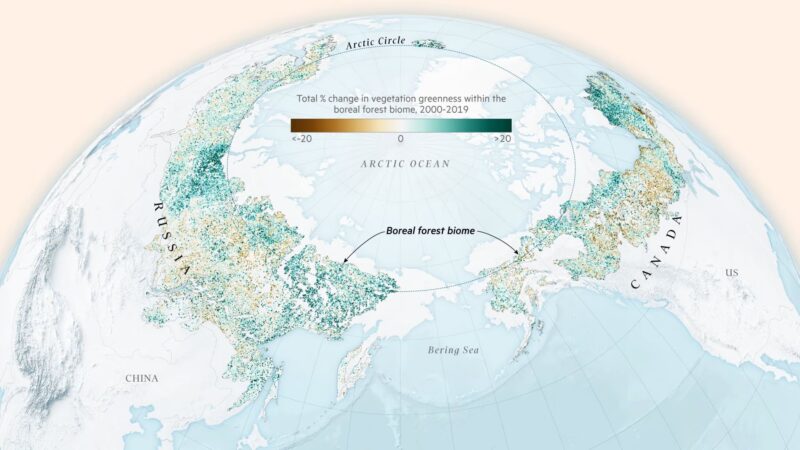
However, the greening primarily occurred in northern, colder latitudes. The browning took place mostly in the warmer, southern areas—confirming climate model predictions that warmer temperatures are pushing the biome to the north.
If the planet passes 2C of global warming — without immediate new action we are on track for 3.2C by 2100 — the Intergovernmental Panel on Climate Change says it is “possible” boreal forests will spread drastically into the Arctic tundra. This is an uncertain prediction, but if it occurred it could introduce a dangerous feedback mechanism.
“Dark conifers migrating into the previously snow-covered tundra would absorb more heat from the sun and could exacerbate regional warming, leading to more permafrost thawing”, says Scott Goetz, a macro-scale ecologist at Northern Arizona University, one of the satellite study’s authors.
Permafrost is already thawing in both the tundra and the existing boreal, releasing carbon emissions beyond human control. In places, the forest floor is collapsing and the once majestic conifers above are “drunkenly” toppling over.
Fighting fires
The cycle is not yet set in stone, and scientists say prompt action could quickly reduce emissions.
“The thing about these transitions in the boreal forest is that they’re all initiated by fire, which is a relatively abrupt thing”, says Hansen, adding that trees or grasses grow back in a matter of years or decades. Sea ice, by contrast, takes millennia to form and melt, making it difficult to stop changes once they are triggered. “The time to really take action is now”.
One paper suggests that investing in more widespread fire suppression could draw down emissions. “Compared to different emissions reduction strategies, like soil carbon sequestration and different types of renewable energy, we found [fire fighting] is a cost-effective way to reduce carbon emissions”, says Carly Phillips, a wildfire and carbon researcher at the Pacific Institute for Climate Solutions, who led the study.
Other scientists are sceptical about the practicality and cost of starting to suppress outbreaks beyond those that are a threat to people or infrastructure. The same study found that keeping Alaska’s fire emissions at historical levels would cost about $700mn, around a fivefold increase from current spending.
Paradoxically, increased fire activity could also slow the transition in the boreal forests, eating up so much of the available fuel that subsequent burning risk is reduced. That could be effective, Hansen says, though “ecosystem transitions are going to be so far along by the time fire starts to decline . . . that we’ve [likely] missed the horse already”.
In the meantime, he says, some possible strategies to fight the boreal’s die-back include sowing tree seedlings after fires in relatively cool and wet years, and planting species that are drought resistant or otherwise better suited to future climates.
Limiting logging would also help. Although much of the boreal is undeveloped, logging is rampant in parts of Canada and Siberia. More than 4,000 sq km of Canada’s ancient trees are cut down every year, according to the Natural Resources Defense Council. This destroys wildlife habitats and can also release carbon from the soil. An environmental research paper found last year that fires in Siberia were more frequent near felling sites.
But tackling human-driven deforestation would require international co-operation that has all but come to a halt. At the COP26 summit in Glasgow last November, all of the countries with boreal regions, including Russia, committed to stop and reverse global forest loss by 2030. The pledge is now at risk owing to the fallout from the war.
Elena Kukavskaya, a boreal researcher at the Siberian Branch of the Russian Academy of Sciences, says that while some western scientists are continuing to work with her on a personal level, it is no longer possible to do joint fieldwork or apply for joint funding.
Cancellations of flight routes mean she is struggling to travel to international conferences to present her work. The block on international money transfers means Russian scientists cannot pay the fee to publish in journals without a western co-author and some publications are automatically rejecting Russian scientists. “It’s really sad”, she says.
Much planned research had been delayed by the pandemic and, even before this, the Russian portion of the boreal was not well understood. Solely Russian research sometimes sits untranslated in Russian journals, so the international climate community cannot absorb it into global models.
“Much data exists within the country that doesn’t leave the country”, says Robert Baxter, a plant ecologist at Durham University. “Looking east is very much where the major gaps lie”.
The problem cannot be solved by using data from North American boreal forests as a proxy for Russia’s because the two regions differ ecologically in several ways.
Without this information, scientists say it will be harder to measure how far away the boreal’s tipping point might be — and how long we have to prevent it being reached.
“Models are limited by data and if we’re not able to get more information or continue collaborations with Russian scientists, we’re going to be looking at a fraction of the picture”, says Rogers. “It does ultimately affect all of us”.
By Steven Bernard and Alexandra Heal
References
Mapping by Steven Bernard. Greening and browning map based on Berner and Goetz, 2022
Picture research by Helen Healy
Additional experts consulted: Alison York, University of Alaska Fairbanks; Roman Dial, Alaska Pacific University; Todd Brinkman, University of Alaska Fairbanks; Michelle Mack, Northern Arizona University; Ted Schuur, Northern Arizona University; Paul Montesano, Nasa; Christopher Neigh, Nasa; Joseph Sexton, terraPulse; Min Feng, terraPulse
Photo credits in order: National Resources Defense Council (header and photos 1 and 2); Ilya Naymushin/Reuters; Logan Berner; Ivan Nikiforov/Getty Images; Alaska Division of Forestry; Winslow Hansen

